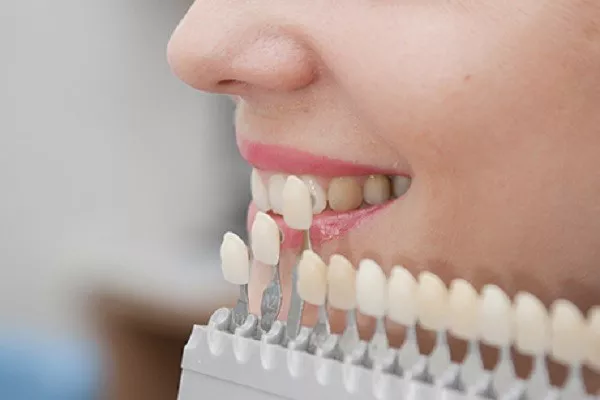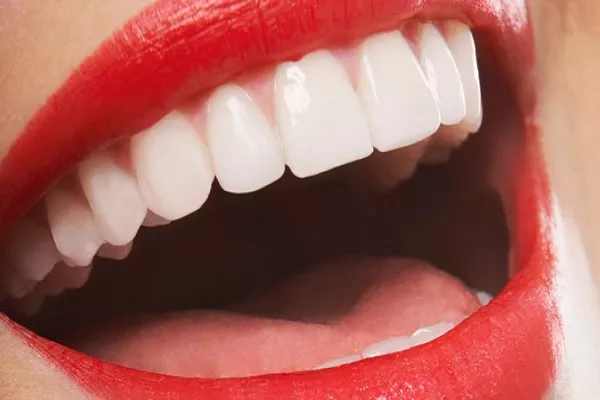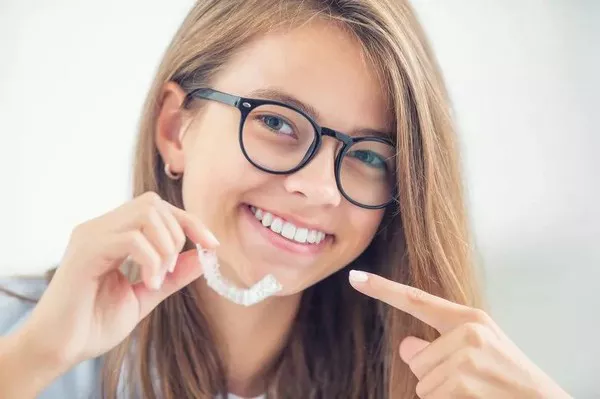With the increasingly strong demand for oral health and dental aesthetics, the rapid development and application of dental aesthetic treatment technologies and products have followed.
In order to standardize the application of non-invasive tooth whitening products and the implementation of treatment techniques, and to prevent the possible harm caused by non-standard use, the Chinese Stomatological Association organized relevant experts to conduct extensive discussions on the definition of tooth whitening treatment and related technical issues.
This issue of Stomatology Today introduces the application scope and types of whitening treatments in the discussion paper of the Chinese Stomatological Association’s “Non-invasive tooth Whitening Treatment Guidelines”.
Non-invasive tooth whitening treatment is a treatment that improves or restores tooth color by chemical, physical or other means to achieve aesthetic results without changing the surface morphology of tooth hard tissue by invasive methods (such as mechanical grinding or strong acid corrosion).
The scope of application of whitening treatment includes: exogenous factors caused by tooth color change, after mechanical cleaning and polishing still no improvement;
Color change of teeth caused by aging factors;
Adjustment of tooth color with other oral treatments, such as abutment tooth color adjustment before resin-bonded restoration, veneer restoration, full crown restoration, and adjacent tooth color adjustment before and after traditional denture restoration and implant restoration.
Whitening treatment after orthodontic treatment;
Mild to moderate dental fluorosis without morphological or structural defects;
Mild to moderate tetracycline teeth without morphological or structural defects;
Other mild-to-moderate endopigmented teeth without morphological or structural defects.
¡ï The non-applicable scope of whitening treatment includes: the effect of whitening treatment and prognosis is not fully understood or the expectation is too high;
Pregnant and lactating women;
For severe tooth sensitivity, the cause of tooth sensitivity should be diagnosed before whitening treatment.
Those with severe tooth fissure;
The pigment deposited on the tooth surface does not belong to the whitening scope. The pigment should be removed by cleaning and polishing, and then further whitening treatment should be considered.
Allergic to peroxide and other related preparations or materials used in whitening treatment.
¡ï The types of whitening treatments and whitening agents used in the implementation of non-invasive tooth whitening treatments must be regular products approved by the relevant competent authorities. Over-the-counter (OTC) whitening products purchased and used by patients themselves are not covered by this guideline, and the efficacy of such products is not evaluated in this guideline.
Clinical whitening treatment refers to tooth whitening treatment performed by dental professionals in dental clinics. The active ingredients of whitening preparations used are peroxide and other ingredients that can change or reduce the color of teeth. In the treatment, physical methods such as light can be combined to assist the treatment.
It is suitable for patients who require whitening effect in a short period of time, and patients who are unable to wear or unwilling to wear individual trays.
In order to ensure safety, the whole process of whitening treatment should be completed by dental professionals.
Home whitening treatment refers to the method that patients wear individual trays containing chemical whitening agents at home under the guidance of dental professionals.
It is suitable for patients with conditions and ability to perform whitening treatment at home under the guidance of professionals.
For some endogenously discolored teeth or severely pigmented teeth, it can be combined with home whitening treatment on the basis of office whitening to enhance the efficacy.






























